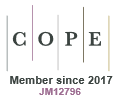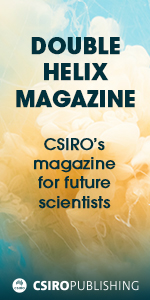David Headley Green AM, FAA, FRS was an outstanding geologist and leader in experimental petrology and geochemistry whose research shaped our understanding of the composition of the Earth’s mantle and the origin of magmas. He also fostered Antarctic geology and marine and climate science, and contributed to science policy. His achievements were recognised with many international and national awards. Photographer unknown. Photograph courtesy of the Green family.
HR25006 Abstract | HR25006 Full Text | HR25006PDF (2.1 MB) | HR25006Supplementary Material (381 KB) Open Access Article


























